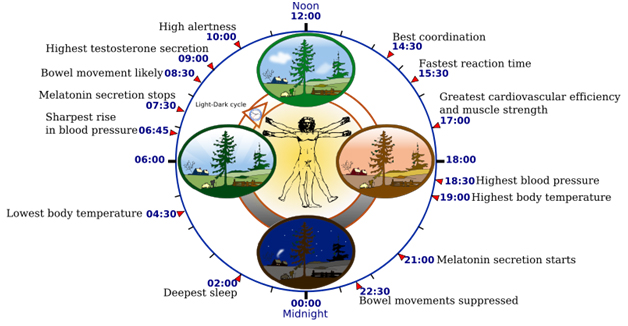Dr. Rhonda Patrick had this to say about lectins.
The topic of “anti-nutrients” in foods has gained popularity. Both food and bacteria may express A and B-like antigens. These type of antigens are found everywhere throughout nature including lectins, which are more concentrated in beans. Heat from cooking destroys lectins most of the time. The connection between lectins destroying gut barrier has mostly been blown out of proportion without any substantive evidence. Most studies have been done by dumping a high concentration of isolated lectins onto cultured cells. It is all about the dose. Too much of a good thing can be toxic. No studies have been done with feeding mice or people beans and measuring endotoxin release.
The major problem with lectins can be at high concentrations in people that already have gut problems. Since the gut barrier is already compromised then lectins may aggravate an already primed immune system.
Thanks. And you're right that the blood type diet is pretty much debunked.
So, lectin sensitivity is regulated by genes (?)
I think there is an ongoing heated discussion about if and what lectins/anti-nutrients are bad to whom.























































